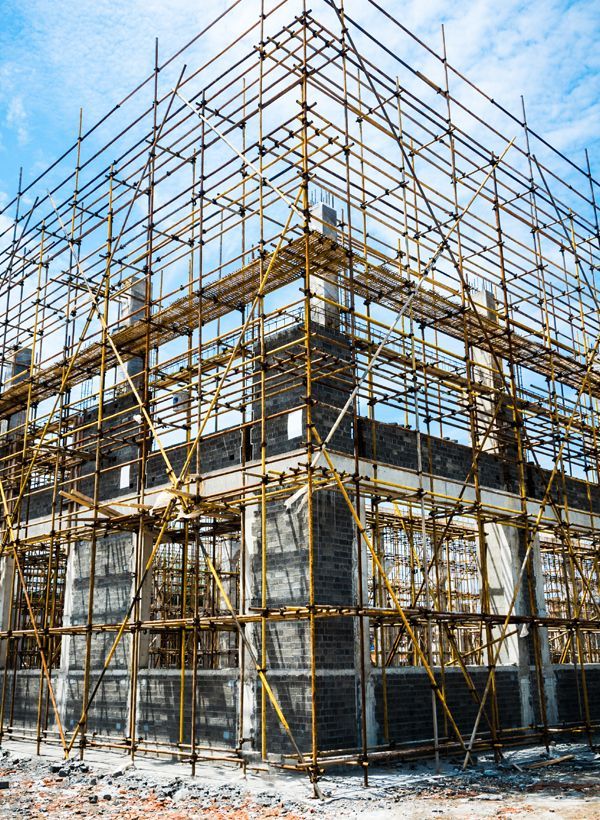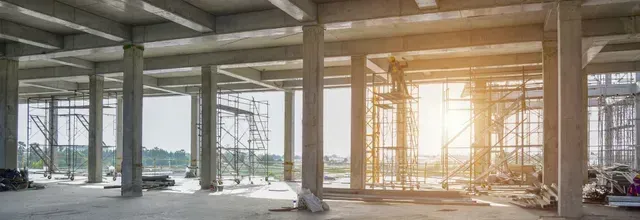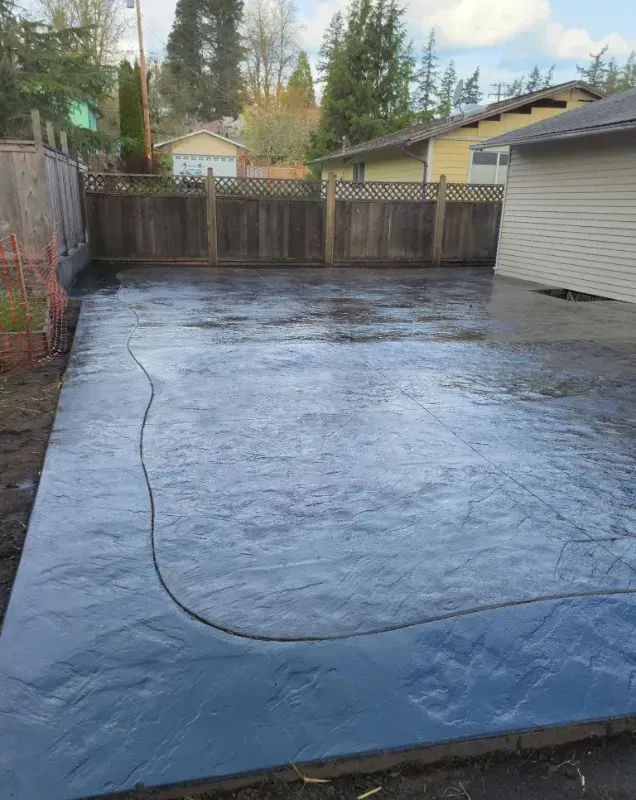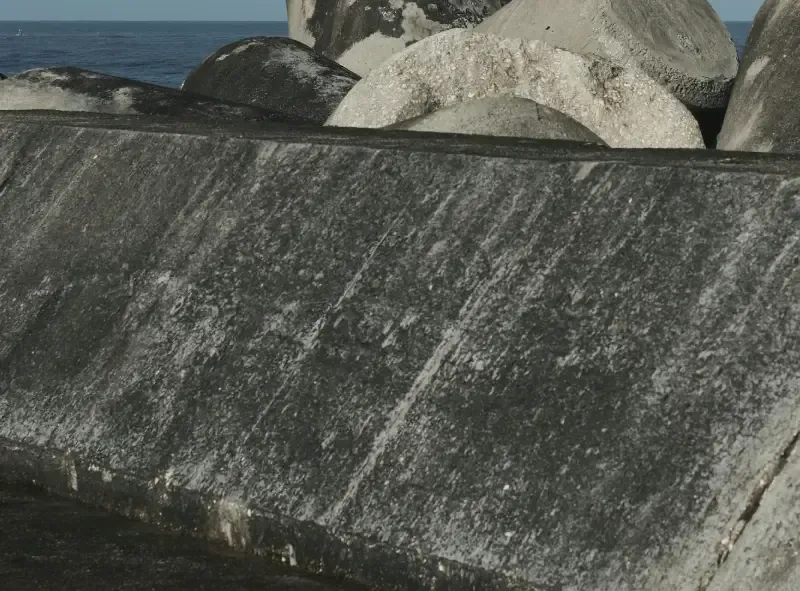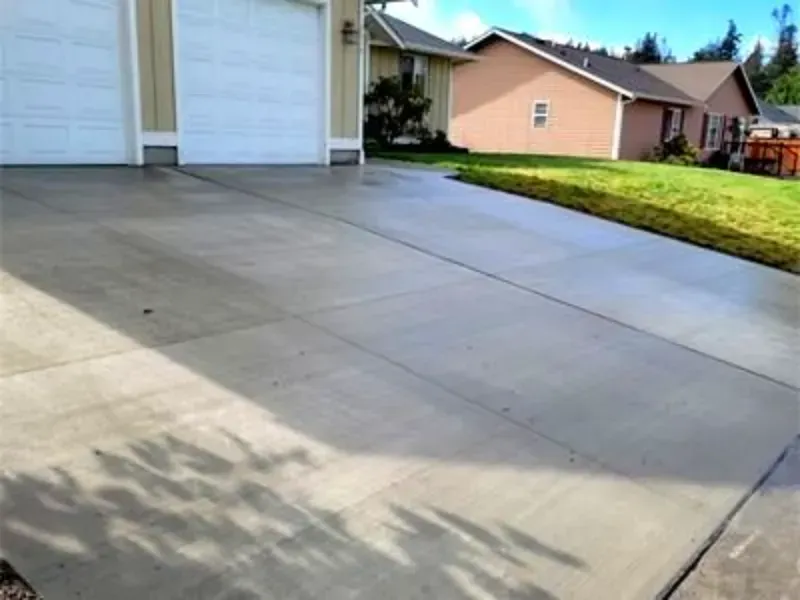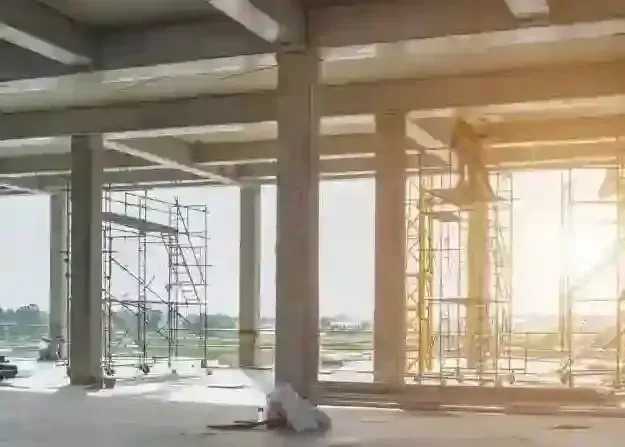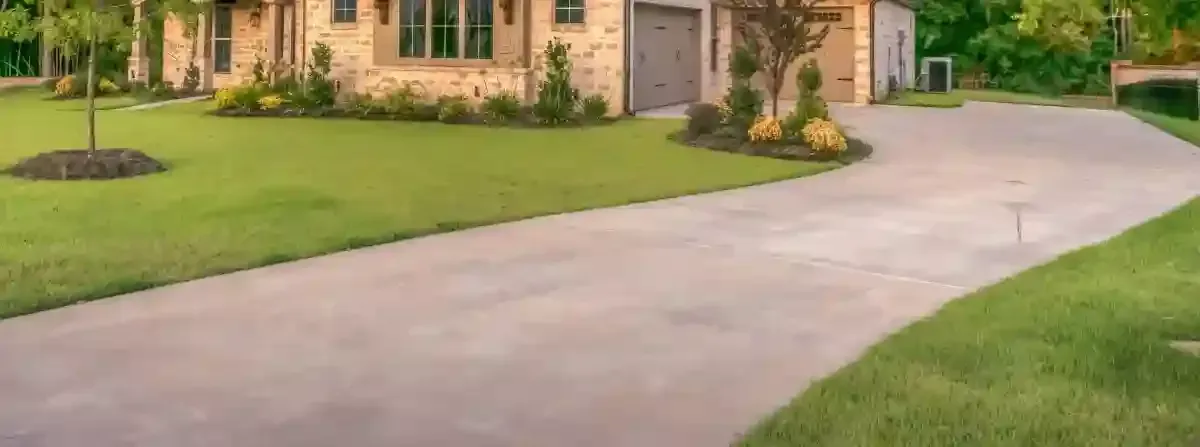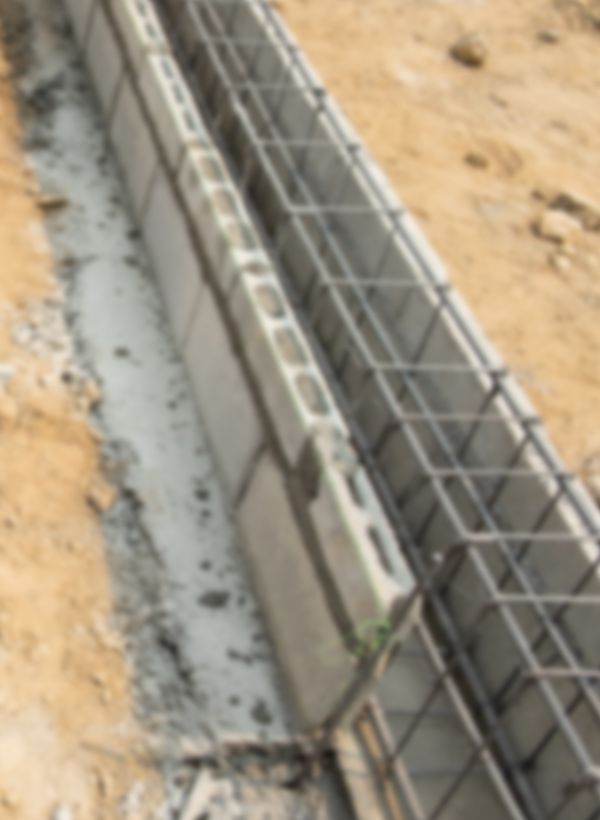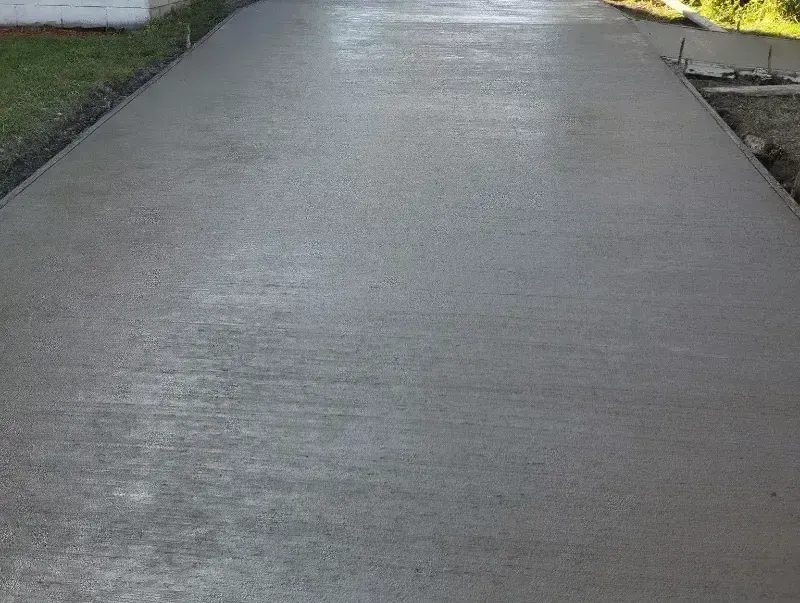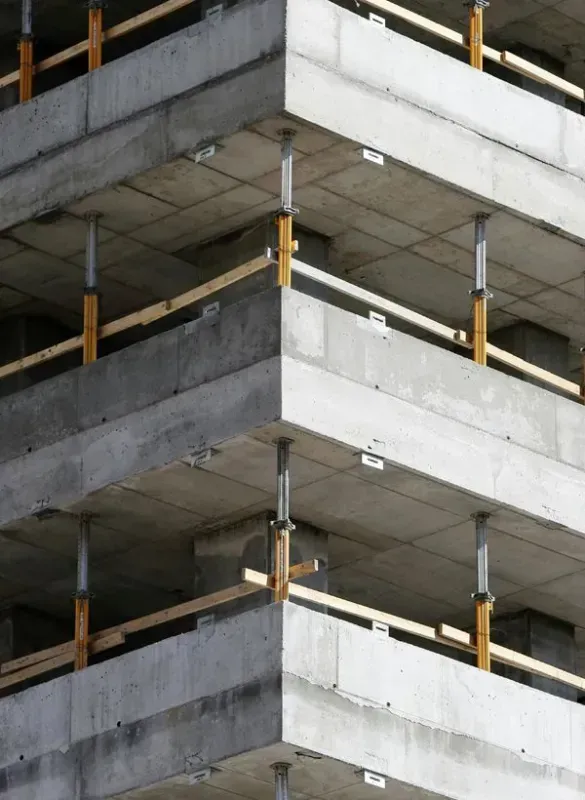1501 St. Paul St. Bellingham, WA 98229
Common Concrete Sidewalk Issues and How to Spot Them Early
Cracking: The #1 Sign Your Sidewalk Needs Attention
Cracks are the most common (and obvious) warning sign that your concrete sidewalk might be in trouble. Some are small hairline cracks that come with age — no big deal. But others get wider, deeper, and more dangerous over time, especially if caused by shifting soil or freezing weather.
The trick is to catch them early. A little crack filler or sealant can go a long way if applied soon. But wait too long, and water creeps in, freezes, and suddenly you're looking at big repairs or full replacement. A quick walk-through every few months could save you a few thousand bucks.
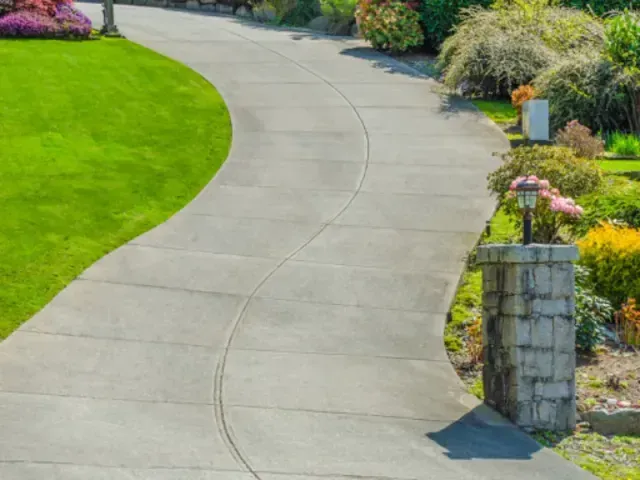
Why Spalling Happens (and What It Looks Like)
Spalling looks like the sidewalk is peeling or flaking. The top layer chips off in thin sheets, and it’s usually caused by trapped moisture, freeze-thaw cycles, or poor concrete mix. If you've ever seen concrete that looks like it’s shedding, that’s spalling.
Good news? You don’t have to start over. If you catch it early, resurfacing or applying a protective coating might do the trick. But ignore it, and the flakes get worse, exposing the core underneath. A once-smooth sidewalk starts to look like an old driveway — and no one wants that.
Uneven Surfaces and Tripping Hazards to Watch For
Sidewalks are meant to be walked on — not stumbled over. Uneven slabs happen when soil shifts, tree roots push up, or the concrete settles in odd ways. Suddenly, one side is higher than the other, and now it's a tripping hazard for everyone.
This isn’t just annoying — it’s risky. If a neighbor trips and falls, you could be liable. If caught early, grinding the high spots or lifting the low ones might solve the problem without tearing up the whole thing. A level sidewalk is safer, better-looking, and easier on your knees.
Tree Root Damage: A Hidden Threat Beneath Your Slab
Tree roots are sneaky. Even if the tree is far away, its roots can stretch out under your sidewalk and lift entire slabs. It starts small — maybe a slight bump. But then you realize your concrete is cracking from below.
Before you point fingers at your concrete guy, check your trees. Roots from species like maple or poplar are known culprits. With some root trimming or installing a root barrier, you might save your sidewalk. But once a slab is lifted, it usually needs to be replaced — and soon.
Water Pooling and Drainage Issues Around Sidewalks
If you see puddles sitting on or near your sidewalk long after the rain stops, that’s not just annoying — it's a red flag. Standing water wears down concrete, seeps into cracks, and can cause erosion underneath.
Thankfully, there are easy fixes. A slight regrade of your lawn, adding a channel drain, or redirecting downspouts can help. If your sidewalk always feels damp or slimy in one spot, don’t ignore it. Water is powerful, and over time, it can tear up even the strongest concrete.
Discoloration and Staining: Cosmetic or Cause for Concern?
Not every stain is dangerous, but it helps to know what you’re looking at. Rust, oil, mold, and algae can all leave marks on your concrete. Some are just cosmetic. Others — especially mold or algae — make the surface slippery and unsafe.
Try this trick: pour a little water on the stained spot. If it absorbs fast, your concrete might need sealing. A good concrete sealer protects against future stains and extends the life of your sidewalk. Plus, a clean sidewalk just feels better underfoot.
Scaling: When Your Sidewalk Starts to Flake Apart
Settling is when your sidewalk slowly sinks into the ground — and it usually doesn’t happen overnight. You’ll start to notice small dips, tilting slabs, or gaps between the sidewalk and your lawn or driveway. It might look subtle, but it’s a signal that the ground below is giving way.
If caught early, a technique called mudjacking or polyjacking can lift the concrete back into place without replacing it. It’s quick, less invasive, and far more affordable than starting from scratch. Homeowners in wetter climates or those with lots of clay in the soil should check for settling at least once a year. It’s all about spotting the little things before they turn into big, expensive ones.
How to Spot Early Signs of Concrete Settling
Settling doesn’t happen overnight. Over time, you might notice the sidewalk dipping, tilting, or pulling away from nearby grass or driveways. It’s subtle — but a big deal.
Fixing settled concrete is easier (and cheaper) than you think. Polyjacking or mudjacking can raise the slab back into place. No need to rip it out. Just keep your eyes open for small changes in slope or spacing — they usually mean something is happening below the surface.
DIY Sidewalk Inspections: What Homeowners Should Look For
You don’t need to be a concrete expert to spot problems early — just take a slow walk along your sidewalk once in a while. Look for:
- Cracks or widening gaps
- Uneven or lifted slabs
- Puddles that don't drain
- Flaky or peeling surfaces
- Color changes or mold growth
Trust your eyes and your feet. When your gut says something’s not right, it’s usually onto something. Doing a quick 5-minute inspection once a season can save you hundreds — or even thousands — in future repair costs. And if you snap a few photos, you’ll be able to track changes over time.
When to Call a Pro: Repair vs. Replacement Advice
Knowing when to call in the pros is just as important as spotting the issues. Minor cracks, small patches of spalling, or a little discoloration? You can usually handle that yourself. But if the sidewalk is heaving, sinking, or has multiple issues at once, it's best to bring in a concrete contractor.
At
Puget Sound Concrete, we’ve helped homeowners in
Bellingham, WA for years with honest advice and expert repair work. If you’re not sure what’s going on with your sidewalk—or just want peace of mind—give us a call at
360-927-1860. We’re here to help you protect your home, your family, and your investment—one step at a time.


